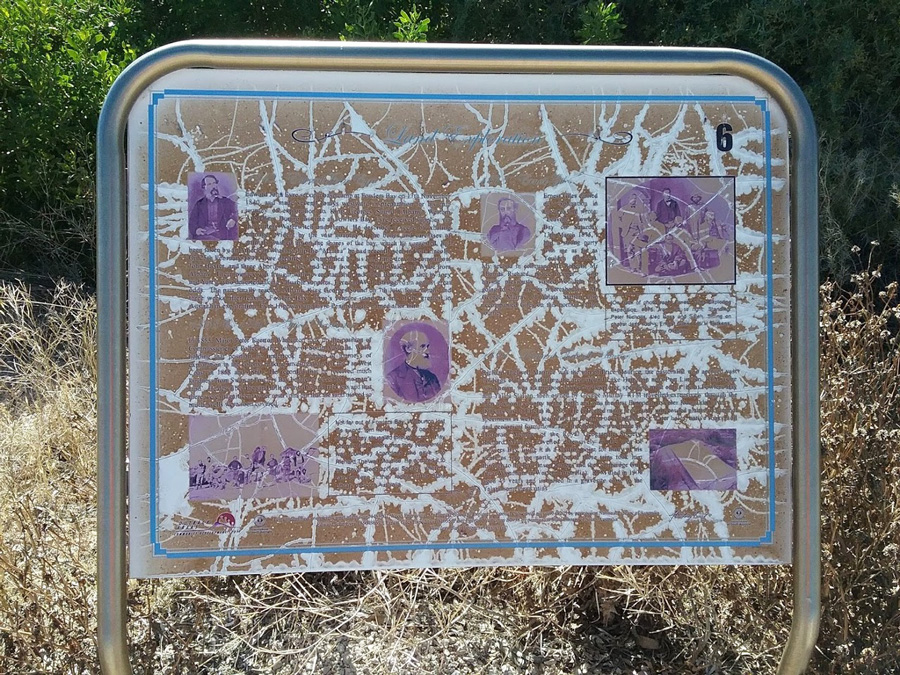Interpretive signage projects require considerable investment so it is important to get it right. Often we see interpretive signage that has missed the basics of quality design, interesting information, signs/materials that are right for the environment and proper maintenance.
Interpretive signage project, like most other signage projects, are costly and require time and resources to be invested. Before commissioning a project it’s important to understand what interpretive signage is.
“A communication process designed to reveal meanings and relationships of our cultural and natural heritage to the public. It tells a story and brings meaning and interest of a subject for the enjoyment of the visitor”
There are five basic steps to follow for a high-quality interpretive experience – Planning, Design, Fabrication, Installation and Maintenance.
1. PLANNING
Planning is the KEY to using limited resources effectively and to
producing attractive, quality signs and creating a worthwhile experience.
This step includes thinking through the story to be told and before going ahead you need to determine if it is of interest to enough people to warrant interpretive signs.
If it is, the experience and requirements need to be considered including –
- Is it going to be an interpretive trail (walking, driving, etc.)?
- Will the signs be read from a road or trail? Walking or from a bike?
- Where is the trail going to be located? What planning needs to be done?
- Where are the individual signs going to be located? How will they be linked? In what direction will each sign be oriented?
- Can real objects be used or incorporated in the design?
- Who are the expected visitors? What are their needs?
- Does the trail need a name? Does it need a logo and graphics designed?
Importantly, you need to decide who is going to be responsible for gathering, organising and writing the content. To ensure the story is told in an interesting and engaging way, you should seriously consider engaging a professional writer with experience in researching and writing interpretive content.
Some other big issues to consider at this point – How will the project be funded? Can your organisation apply for a heritage or other grant? Who is going to manage the project? Who needs to be involved?
2. DESIGN
Once you do the planning and decide the project is going ahead, it is critical to ensure that your signs are well-designed. You should engage a professional graphic designer with experience in interpretive signage design to work with you on this step. They will understand how to make the layout interesting and easy to read.
In this stage this suite of signs will be designed and any other materials (eg: a trail map) planned and created including:
- creation of the trail brand, style and graphics
- layout of the text – including pull-quotes, headlines etc.
- use of imagery photos
- the materials to be used for the signs and structures
- identifying the different types of signs for the trail/project
- creating final artwork and specifications for the signs to be fabricated
Key considerations about specifying materials are to ensure they are durable, easy to maintain and suitable for the location/environment. A good designer will work with a signage contractor early in the design process to identify the most cost-effective materials and structures.
3. MATERIALS AND FABRICATION
In this stage, detailed drawings for each sign and for the site are done alone with structural engineering drawings, if required. Then the signs can be manufactured. Your designer can manage this process with the nominated signage contractor and ensure the quality is up to the standard needed and the design integrity has been maintained.
4. INSTALLATION
This stage will be carefully planned and managed by the signage contractor and the designer to ensure the process is safe, efficient and there is minimal disruption to the public. Depending on the types of signs and structures, this may be done in stages – for example, the site will be surveyed and marked, footings will be installed and then the signs may finally be erected. This stage should not be left to an installer without clear instructions or direction.
5. MAINTENANCE
For many signage projects, the need for maintenance and cleaning is overlooked. This will affect the life of the sign and give visitors a negative impression of the place and experience. It simply doesn’t make sense to invest so much time, effort and money in an interpretive signage project to then neglect its maintenance.
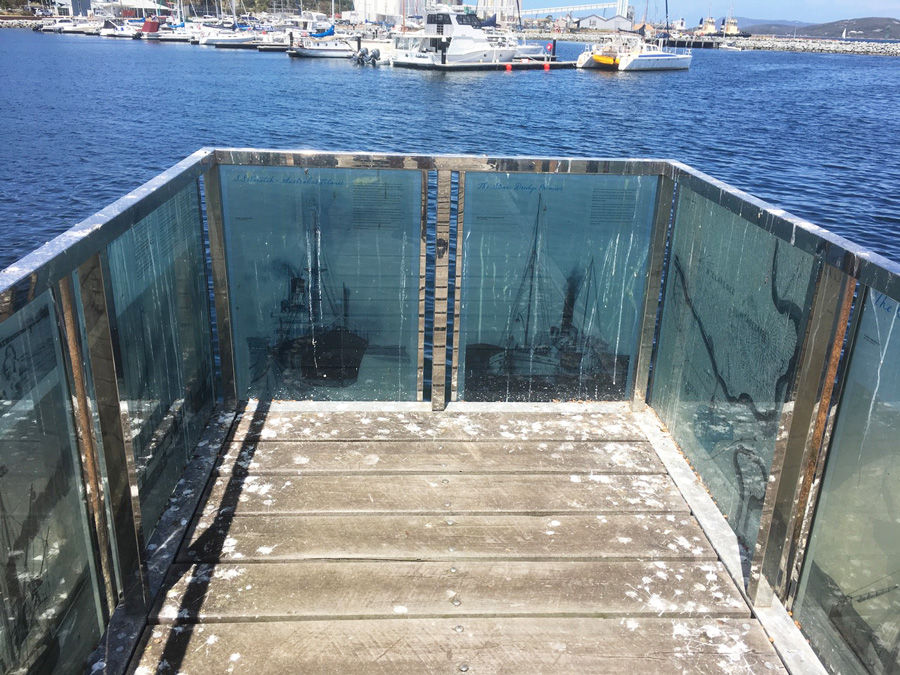
Consider the natural environment – This is especially important in coastal installations
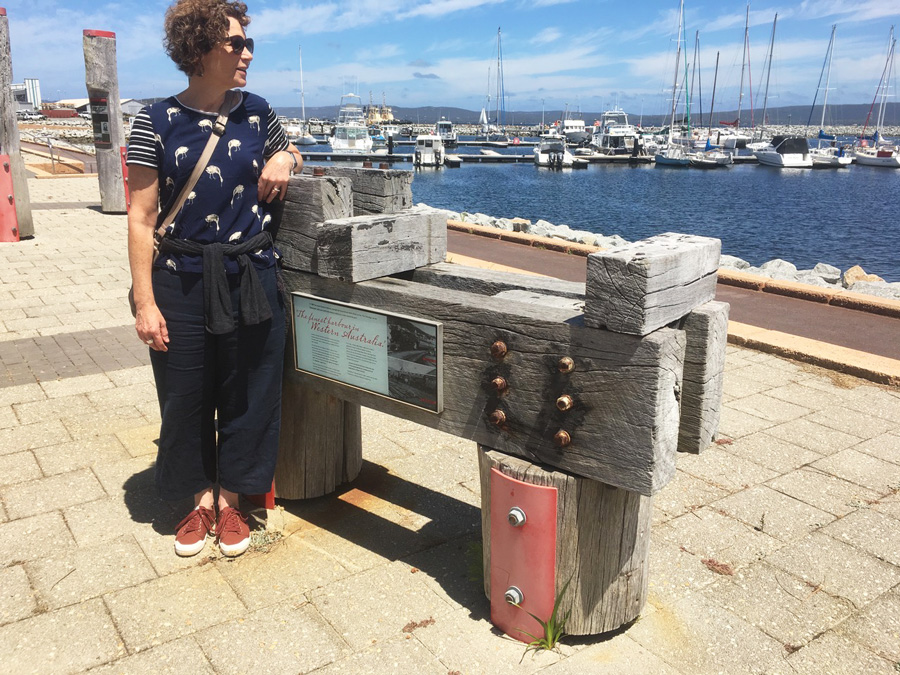
Are people going to be able to read what you’ve installed?
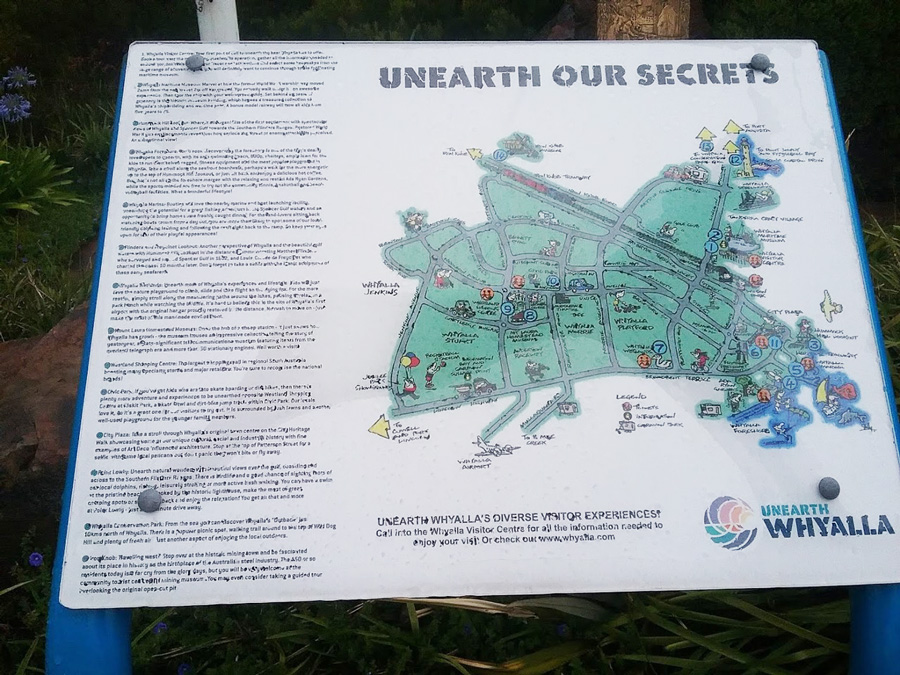
Don’t tell everything. Tell less, but tell it well – and use a typeface that people can read!
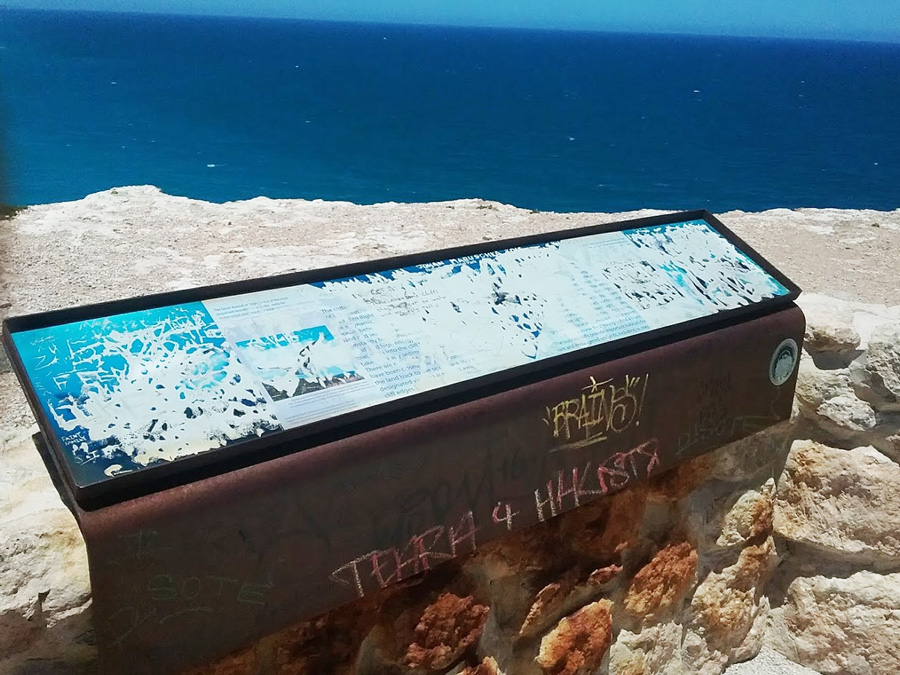
All signs can be vandalized, some more than others. In areas of high incidence of vandalism, an inexpensive “replaceable format” system maybe a good option. Don’t use a high cost material that does not withstand abuse in a remote area.
